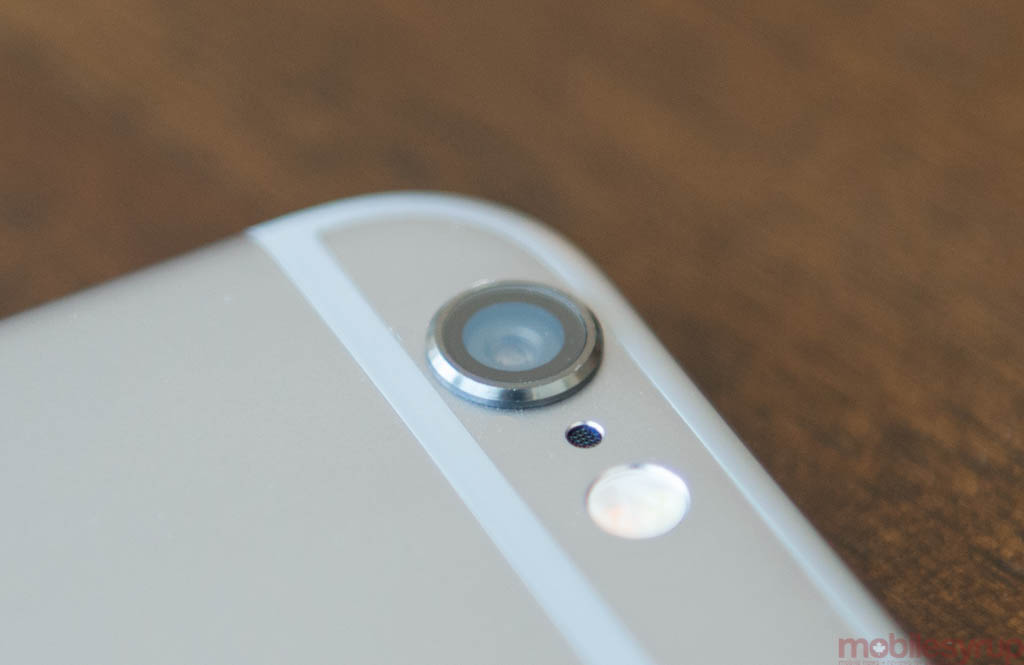
The early iPhone models employed their cameras with the cautious optimism of an industry learning the vast power of its visual identity.
In the years leading up to the iPhone 4, which was released in 2010, four months before the unveiling of Instagram, the smartphone market had seen glimpses of what was possible with that perennial pocket gadget. Nokia had long been experimenting with high-megapixel shooters, the sensors double or triple the size found in the average product at the time.
But it wasn’t until the App Store’s love of the camera that people realized what could be accomplished on the go. It had neither the most pixels nor features, but the iPhone 4 quickly became the standard by which all other smartphone cameras were measured. In subsequent years, with the iPhone 4s, 5, 5s and 6, the bar was raised even higher. The resolution has remained steady at 8MP since 2011, but Apple proved that resolution was only a small part of the entire story, a metric that it didn’t need to push in order to achieve notoriety in the photography world.
When the iPhone 6s is unveiled on September 9th, it is expected to contain an upgraded 12MP camera sensor, which Apple believes tows the right balance between pixel size and pixel count. As smartphones become increasingly thinner, manufacturers face the perennial problem of physics: the smaller and more tightly-packed with pixels a sensor becomes, the less light reaches each of those pixels. Companies like Samsung and Sony have attempted to find ways around the problem by adding backside illumination, or eliminating crosstalk between the pixels, or widening the lens aperture, or adding optical image stabilization, but the fact remains: the larger the pixels, the more room the sensor has to breathe.
It’s unclear at this point whether Apple has figured out a way to maintain the 1.5 micron pixel size currently found in the iPhone 6 and 6 Plus, but even dropping that number to 1.3 microns would put it ahead of the competition in many respects. The Samsung Galaxy Note 5, which many consider to have one of the best cameras on the market, has a 16MP shooter with 1.12 micron pixels, eking out incredible detail in most lighting conditions.
As most people understand, though, it’s not the iPhone’s megapixel count, nor its feature set, that has propelled it into the most popular camera on the planet. Apple has given the camera an intelligence that allows it to take great photos in almost any situation. It opens quickly, exposes properly, and shoots with the right shutter speed. The success of Instagram, and Apple’s subsequent “Shot with iPhone 6” advertising campaign, are directly related to how effortless the company makes it to take great photos.
This year, though, Apple has a lot to prove. The iPhone 6s needs to be not only demonstrably better than its predecessor, but its Android competition, too. iOS still has considerably more robust developer support around the camera, since Apple’s imaging API is extremely powerful, and simpler to adapt for third-party apps. As evidenced by the myriad limitations and issues reported by developers of apps such as Camera-FV5 and VSCO Cam, creating an equivalent experience on Android is close to impossible. The disparate implementation of camera features across the thousands of Android smartphones and price points has directly impacted users, many vocally complaining about the diminished quality of photos on Instagram, Snapchat, Facebook, Twitter and more.
Apple has always been careful about implementing new features into its ultra-simple camera app. Even though now it can capture photos in HDR, or film in 240fps ultra-slow motion, manual controls are left to downloads from the App Store. That is unlikely to change with the iPhone 6s. It would, however, be nice to see optical image stabilization in the smaller model.
The reality of the iPhone’s camera is that for the past few years, even though it may not have been at the very top in each category, it has been among the best photo taking experiences on the planet. Sales of the iPhone have reflected its users’ love of the platform. This year, Apple needs to double down on that momentum, and if the iPhone 6s makes the same sorts of leaps previous “s” year devices have up ’til now, it could very well stand for “shutter.”
MobileSyrup may earn a commission from purchases made via our links, which helps fund the journalism we provide free on our website. These links do not influence our editorial content. Support us here.


